Useful Biking Gear for Trails—Plus a Few MacGyver Tips!
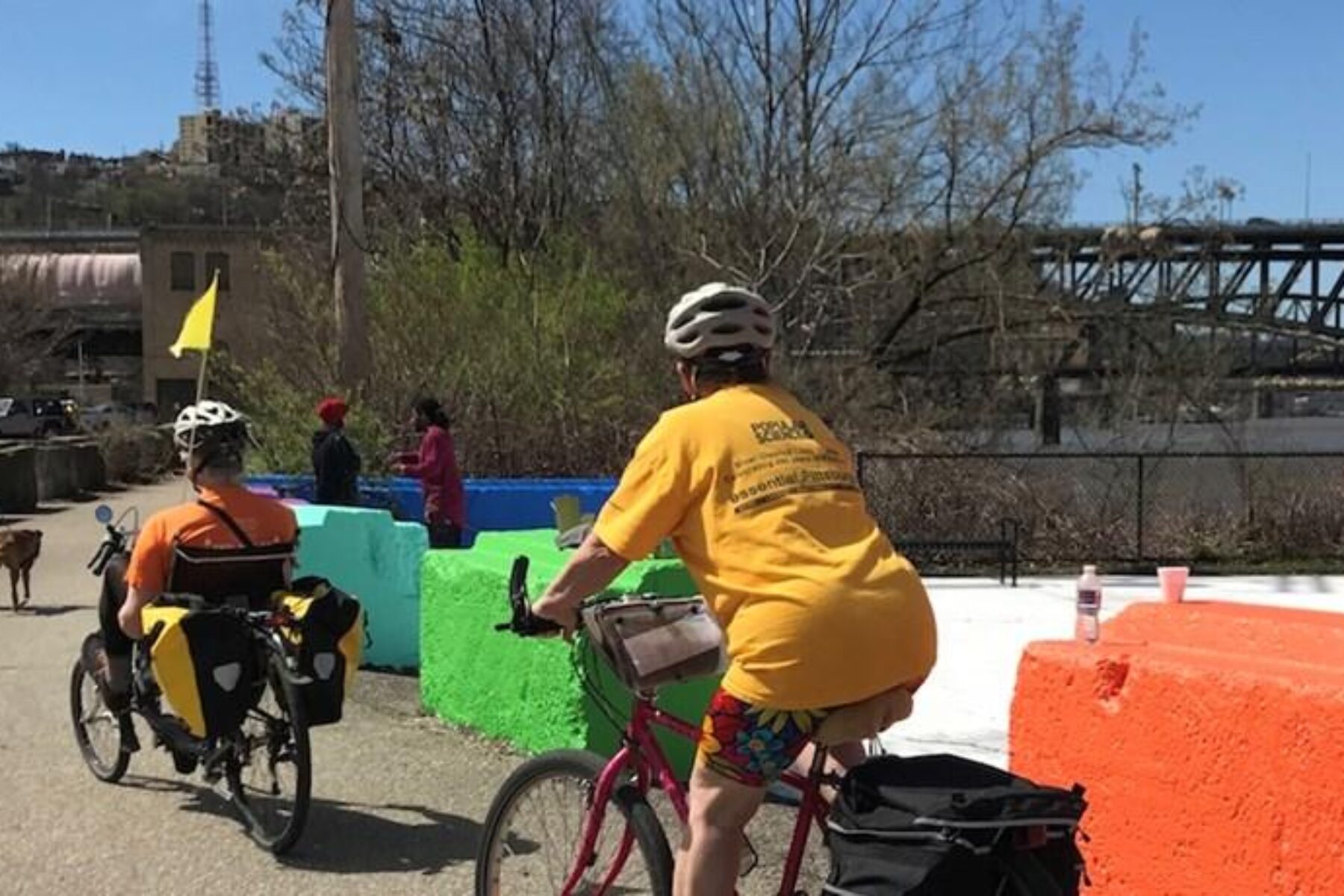
Este contenido también está disponible en español.
For some of us in cold-winter-weather climates, spring marks the time when we’re getting back into the swing of things after not hitting the trail in a while! That said, it’s an ideal time for cyclists to evaluate their two- or three-wheeled rides, get tune-ups (if needed) and inventory what they need to be bike ready for the year.
I asked my colleagues at Rails-to-Trails Conservancy (RTC), some of America’s most experienced trail riders, what equipment they’ve found super useful in the past. Not the “coolest” gear, per se—but things they were glad they had at one time or other related to safety, comfort and, of course, weather—and I got some great input (along with some awesome “MacGyver” tips). See below for a brief list of favorites.
Also—remember: It’s not about the gear, it’s about the experience! As USA Cycling Coach Stacey Richardson said in a recent Performance Bicycle Blog—”From my perspective, if you’re on a bike, you’re already winning.”
Gear and Tips for the Trail
Hybrid Bike Tires
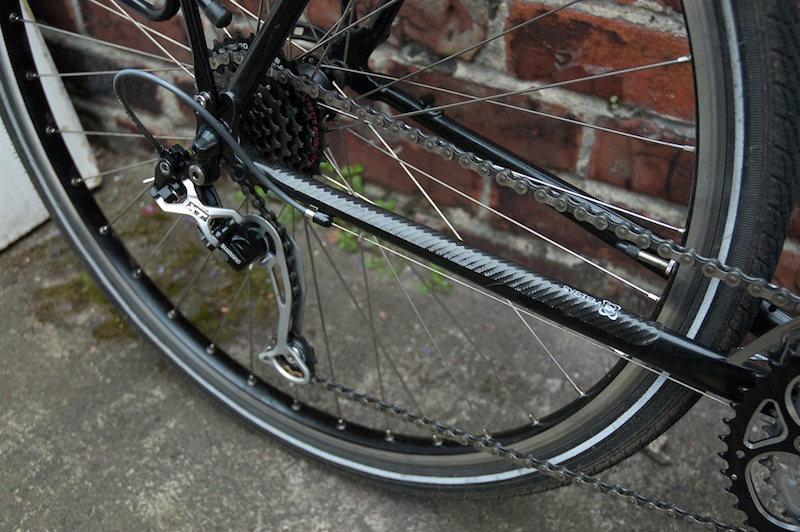
Tom Sexton—RTC’s Director of the Northeast Region, who has been overseeing the organization’s multiday biking sojourn events for a decade and a half—recommends hybrid bikes with 35-millimeter-width tires specifically for long-distances trail rides or when riding trail routes with a variety of surfaces. This size generally won’t impede riders on asphalt or smooth surfaces (where road bikes might be the norm), but will provide some shock support and control for less smooth surfaces you might find on trails, including crushed stone, packed dirt and, to a lesser extent, sand.
Stuff and Know-How to Fix a Flat
It’s not all the time—but flats can happen. On busy trails, you probably won’t have to wait long before somebody with the gear and knowledge to fix a flat comes along. But hey, wouldn’t it be great to be that person? And it’s true that long-distance riders are more likely to be in situations (for example, 100-mile trail rides on varying surfaces or partially unsurfaced trails) where flats are more likely. That said, a tire patch kit, spare tube, tire lever and means of inflation like a little pump or CO2 dispenser can come in handy.
Tire Tip: Ever heard of the dollar bill trick? Here is the “in-a-pinch” technique from Florida Field Director Ken Bryan: “If you unexpectedly puncture a tire and you don’t have a proper kit with you, simply fold a dollar bill in half lengthwise, then again, and insert it in between the repaired tube and damaged tire, and inflate as normal. The bill will keep the tube from expanding outside of the hole in the tire until you can do a proper repair.”
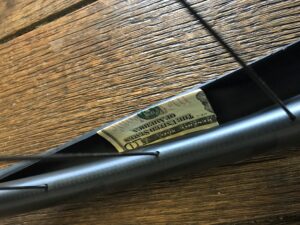
Helmets
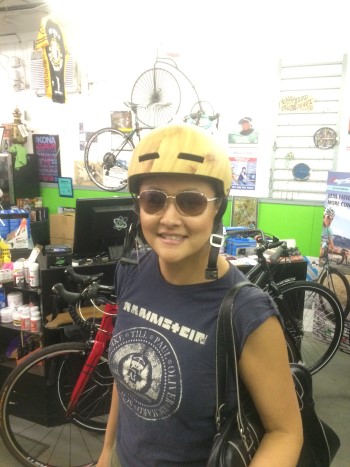
To get this out of the way early—with safety being a priority for any rider (safe + fun = a great time for everyone)—RTC recommends helmets for anyone who hits the trail by bike. According to some medical journals, helmets can serve as important protection against head and face injuries. They are also required in 21 states and Washington, D.C., for young riders—with age requirements varying depending on the state. Check out this map that shows how helmet laws break down by state and age.
Helmet Light Hack: On a lighter note, literally, Northeast Region Trail Developer Elizabeth Sewell recommends helmet lights—or, to simply strap a light to your helmet—for night riding! “I liked it because it was practical, and because I’m a ham and I got so many compliments!”
Bike Mounts
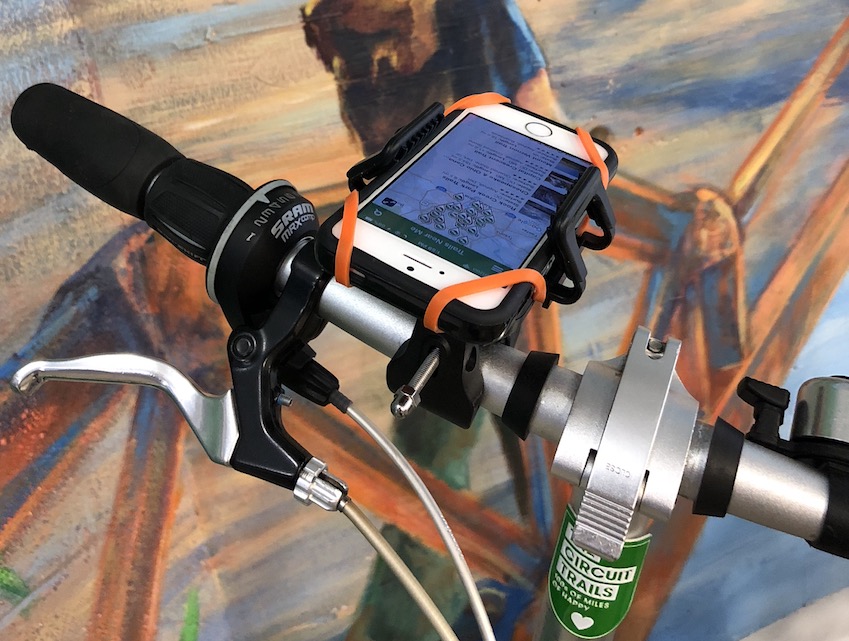
A favorite response among RTC staff—bike mounts are a handy hands-free solution for trail riders using phones and other GPS devices, and on trails, that often involves searching for waypoints such as trailheads and parking areas, public restrooms and water fountains (many of which are formally designated by trail operators for such use), as well as bike shops, convenience stores and restaurants. These devices are very handy when you’re on longer trails, or trails that span multiple communities, counties or states.
TrailLink App
Speaking of which … a great trail companion for trail users—bicyclists and others—is RTC’s TrailLink trail-finder app, which provides descriptions, interactive maps, reviews, parking info, directions to trailheads and images for more than 32,000 miles of rail-trails and multiuse trails across the country. You can use the app to locate waypoints (as discussed above), and you can use it to help navigate particularly tricky trails with lots of different segments and sections.
Bike Bells
Though not exclusive to trail riding, bike bells are found to be particularly useful for these types of outings. While some rail-trails/multiuse trails (such as Detroit’s Dequindre Cut Greenway) have separate lanes for bicyclists and pedestrians, many are pathways in which all trail users share the trail together. When passing other trail users, the general rule is to pass on the left and give a warning, whether verbal (most commonly “On your left!”) or bell. And a bell can be exceptionally handy for bicyclists on busy trails who want to save their voice for, say, that hot karaoke bar they plan to hit in the p.m. (wink).
Favorite MacGyver Hack: When it comes to fastening things—one of RTC’s favorite hacks is a twist tie:
“I have used them to hold a derailleur in place, hold a grip onto my bars, and as a makeshift budget bike lock so I could run into a store. I always have one or two in my tool bag.” – Jorge Brito, Trailblazer Society Manager
“Bread ties can be used for a host of emergency repairs, ranging from keeping cables in place to stripping them down to the wire to fix a chain.” – Ken Bryan, Florida Field Director
Pockets and Panniers
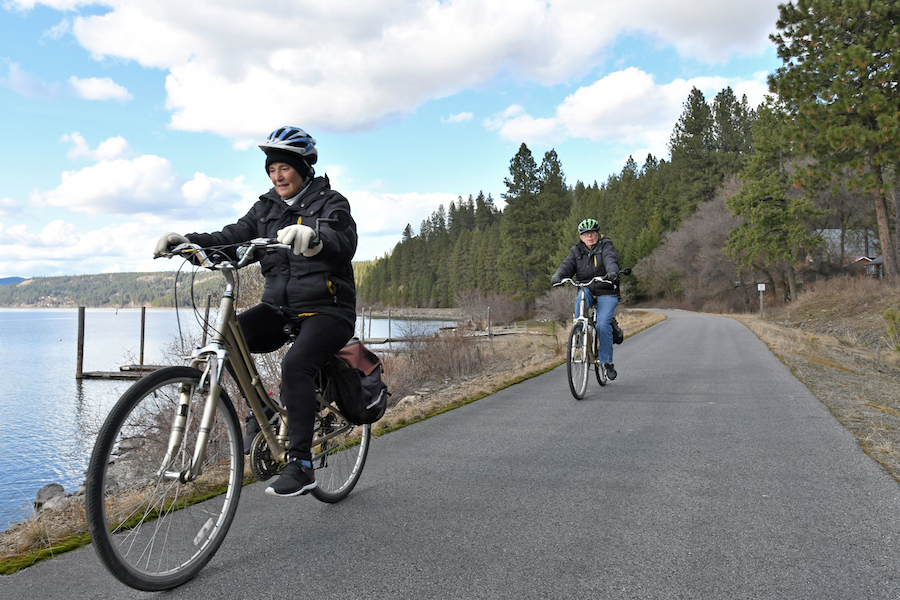
While pocketed clothing (such as a formal bike jersey or simply your favorite hoodie) is always a plus to hold things like keys, lip balm, sunscreen, cash and IDs, sometimes you might need more space for larger items, such as groceries or books, for example, and that’s where panniers come in. Trails create safe biking and walking connections to many community destinations, including, jobs, schools, shopping centers, grocery stores and farmers’ markets (check out how Urban Tilth and the Richmond Greenway in California are providing safe access to free community gardens and a free Edible Forest!), and panniers mean the bike—and not the back—carries the load.
Carry Tip: Speaking of sunscreen, Anya Saretzky, a project manager for RTC’s Northeast Region, has a trick so you don’t have to carry the whole bottle: “I like to use an empty travel-sized shampoo bottle. It’s small enough that I can fit it into the pocket of my jersey!”
Bike Booties
True story: I wish I had had bike booties (or cycling shoe covers) a couple years ago on an RTC mapping trip in Florida. My colleagues and I had magically picked a period where it rained for two days straight—and various trails on our roster had pockets of flooding along their routes. If you ever find yourself four to six inches deep in water on a trail, particularly on cold days, you’ll be glad you brought these comfort items with you, which RTC President Keith Laughlin affirms can be the “difference between discomfort and pure misery.”
Rain Tip: “A Ziploc bag is a cheap and handy way to protect your phone and keys in the rain” – Jimmy O’Connor, Major Gifts Officer
Multiple Water Bottles/Bottle Racks
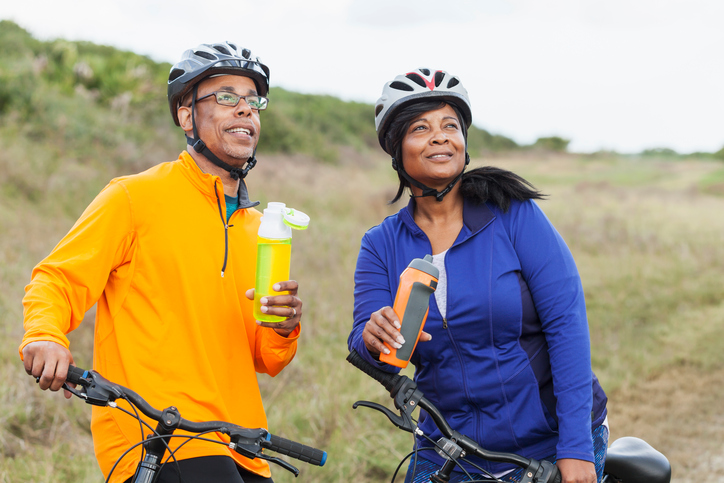
This seems like a no-brainer, but you’d be surprised by how many people you’ll catch without a water bottle at all, let alone two. The truth is, while watering holes are accessible along many trails, some longer trails are built on corridors where beautiful landscapes or residential development—and not much else—dominate long stretches. And on a very hot day, you might be glad you outfitted your bicycle with two water bottle holders and two bottles. (On that Florida trip I mentioned above, I had only one bottle, and it was with some relief that my colleague Brian—who was serving as the driver for one of the trails on a very hot day—surprised me and my colleague Laura by biking from the opposite direction with more water in tow.)
Related: How to Prepare for Your First Long-Distance Trail Ride
And Snacks
Nothing worse than being halfway through a trip, only to realize you don’t have the steam to make it back! Relief snacks are recommended for anyone who will be out for long stretches (that distance being defined by the individual, of course). Snacks don’t have to be complicated; they can range from fruit and nuts to granola bars and even, according to Skratch Labs, chicken fried rice—whatever helps you as an individual maintain a high level of energy for the duration of the ride. By the way, you might want to check out what these professional athletes and long-distance bicyclists have to say about food and cycling.
Tip for Greasy Hands: “Hand sanitizer cleans bike grease from hands like magic. You can eat a peanut butter and jelly sandwich after putting your friend’s dirty chain back on for them!” – Ken Bryan, Florida Field Director
Related: Four Cyclists Dish on Food, Cycling and the Real Foods Movement

Donate
Everyone deserves access to safe ways to walk, bike, and be active outdoors.



